Handling the task of decluttering before a move can feel overwhelming for anyone. It is practically a universal truth: the more stuff you have, the tougher it is to relocate. So, when it comes to simplifying your move, donating clothes can be a game-changer.
But donating isn't just about dumping your unwanted garments somewhere. It's about doing it responsibly.
When you are in donation mode, questions inevitably start popping up. Are those old sweaters really going to benefit a donation center? Do local recycling programs actually make a difference? And what about those worn-out clothes that seem beyond use?

In the United States alone, 10.5 million tons of clothing are estimated to end up in landfills yearly.
Moving is already stressful; we don't need donation worries on top of it. That's why it's crucial to have strategies in place for donating, reselling, repurposing, and recycling. We need to emphasize the importance of sustainable disposal methods while also keeping our sanity intact.
So, if you are planning for a move, consider this, your guide on where, how, and why to donate your clothes before you pack up and go.
How to Donate Clothes Sustainably
To donate clothes sustainably, it is important to understand the reasons behind sustainable donation.
Sustainable donations mean reducing textile waste and environmental impact, contributing to a circular economy and supporting communities.
Sustainable donation practices divert clothing from landfills and benefit those in need.
According to an article published by NIST, only about 15% of clothing and textiles in the US are collected for repurposing or recycling, with the remaining 85% being landfilled or incinerated.
Now, how should you donate clothes sustainably before moving?
Firstly, you need to check and clean items before donating. Use donation centres with sustainable practices and donate locally to reduce emissions. Lastly, recycle or upcycle damaged items.
What to Donate: Accepted and Not Accepted Items
Many people believe that all used clothes and items can be donated before moving. But we have to put ourselves in the shoes of the needy.
While the saying goes, “One man's trash is another man's treasure,” not all items are suitable for donations.
Here is a breakdown of the dos and don’ts of clothing donation:
| Dos of Donating Clothes (Accepted Items) | Don'ts of Donating Clothes (Not Accepted Items) |
|---|---|
| Clean and gently used clothing | Damaged or heavily stained clothing |
| Seasonally appropriate clothing | Undergarments and socks |
| Basic wardrobe staples | Old or worn-out clothes |
| Professional attire | Single socks or mismatched items |
| Children's Clothing | Outdated fashion |
| Accessories (belts, scarves, hats, gloves) | Dirty or unwashed items |
| Footwear in good condition | |
| Bedding and linens (clean and in good shape) | |
| Sports and activewear | |
| Cultural or religious clothing |
Also, check out this article: Checklist When Moving To A New Apartment to make the most of your time and give back to those in need.
How to Prepare for Clothing Donation
After knowing why and what items to donate, the next part revolves around Packaging and Transporting those items.
Here are the steps included in packaging and Transporting Donated Items:
Use Clothing Donation Drop Boxes or Bins:
- Consider utilizing designated clothing donation drop boxes or bins as a convenient and responsible method of donating used clothes.
- These drop-off locations ensure that your donated clothes reach the needy efficiently.
Prepare Your Donations:
- Before donating, ensure that your clothes are clean, in good condition, and neatly packed.
- This preparation helps maintain the quality of donations and makes the sorting process easier at the donation centre.
If you are looking to donate items while moving, read Moving Straps – How To Use Them.
Label Your Items:
- Place your items in the clothing donation bins and label them with the type of clothing inside (e.g., men's shirts, children's shoes).
- Proper labelling assists volunteers in sorting and distributing donations effectively.
Contactless Drop-off and Pickup Options:
In response to safety concerns, many donation centres now offer contactless drop-off and pickup services:
- Schedule Appointments: Arrange a convenient time for contactless drop-off or pickup.
- Follow Guidelines: Adhere to specific instructions the donation centre provides for contactless transactions.
- Maintain Distance: Maintain a safe distance during drop-off or pickup to ensure a contactless experience.
To find charities that donate clothes near your location, just search on Google. “Where to donate clothes near me?”
For example:
Document Your Donation:
- Remember to obtain a receipt from the donation centre for your donated items.
- This receipt serves as documentation for your charitable contribution and can be useful for tax purposes.

Donation drop boxes provide an easy solution for donating items without the need for direct interaction, making it easy to contribute to those in need.
Where to Donate Clothes
Commonly asked questions about clothing donation often revolve around where to donate clothes or the best places for clothing donations.
While the phrasing may vary, the underlying intent remains consistent.
Below are the different types of organisations and locations that typically accept clothing donations to answer all your questions.
Local Donation Centres
Thrift Stores: Visit local thrift stores that support charitable causes. These stores often accept gently used clothing donations to resell and fund their programs.
- Charity Shops: Look for charity-run shops in your community. These organisations sell donated items to raise funds for their missions.
- Community Centres: Check with local community centres, including youth centres, senior centres, or social service organisations. They may accept clothing donations for individuals and families in need.
- Homeless Shelters and Transitional Housing: Donate clothing to shelters that support homeless individuals and families. They often accept clothing donations to help those in need.
Nonprofit Organizations
- National and Local Nonprofits: Research nonprofit organisations that accept clothing donations. These organisations may have drop-off locations or partner with local businesses to collect donations.
Schools and Religious Institutions
- School Clothing Drives: Support school initiatives that collect clothing donations for needy families within the school community.
- Places of Worship: Many churches, synagogues, mosques, and other religious institutions organise clothing donation drives to assist needy community members.
Other Options
- Clothing Swap Events: Participate in community clothing swap events where you can exchange clothes with others.
- Environmental Organizations: Some environmental groups accept clothing donations for recycling or repurposing purposes.
Even after donating, do you still have items you need to declutter? Read our Storage guide.

In 2021, Goodwill received a staggering 107 million donated items, including second-hand clothes, shoes, accessories, and home goods, totalling an impressive 5.7 billion pounds in weight.
How to Choose the Best Donation Method
Choosing the best clothing donation method will differ for everyone, depending on individual preferences and motives. Here are some factors to consider when making your decision:
- Local Organizations vs. National Charities: Decide whether you want to support local organizations that directly serve your community or larger national charities that may have a broader reach.
- Type of Clothing: Check which types of clothing each organization accepts. Some may have specific needs or restrictions regarding the condition or style of clothing they can accept.
- Convenience: Consider the convenience of the donation method. Some options, like drop-off bins or scheduled pickups, may be more convenient than others. Choose the option that is best for you.
- Tax Deductibility: If you are interested in receiving a tax deduction for your donation, ensure that the organization you choose is registered and can provide you with a donation receipt for tax purposes.
- Impact: Research the impact of the organization you are considering. Look into how they distribute donations and the effectiveness of their programs in supporting those in need.
- Environmental Impact: If reducing waste is important to you, consider organizations that prioritize sustainability by recycling or responsibly disposing of clothing.
- Personal Connections: You might also consider donating to organizations that have personal significance to you.
How to Donate Clothes Online
Nowadays, everyone is accustomed to getting things done from the comforts of their homes. Many people opt for clothing donating methods that don’t involve leaving their homes' premises.
Below are some easy steps to donate used clothes online.
Doing good from home is not just convenient; it is a way to make a meaningful impact without stepping outside your door.
- Research: Find reputable online donation platforms specialising in clothing donations.
- Register: Create an account on the platform you choose with your details.
- Describe Your Donation: Provide information about the clothing items you want to donate (types, sizes, condition).
- Arrange Pickup or Shipping: Choose between the platform's pickup or shipping options.
- Confirm Donation: Review and confirm your donation request.
- Receive Acknowledgment: Get a tax receipt or acknowledgement for your donation.
- Track Your Donation: Monitor your donation status if tracking is available.
- Share Your Experience: Share your donation experience to encourage others to contribute online and support charitable causes.
Clothing Donation Alternatives
Alternative for clothing donations means thinking outside the donation bin—repurposing, sharing, and contributing clothing creatively to make a sustainable impact.
| Clothing Donation Alternatives | Description |
|---|---|
| Creative Ways to Repurpose Clothing | Repurpose old clothing into new items such as bags, quilts, or accessories. |
| Clothing Swap Events and Exchanges | Participate in community swap events where people exchange clothing items. |
| Upcycling and DIY Projects with Clothes | Use old clothes for DIY projects like customising, embellishing, or creating new garments. |
| Donating to Specific Causes | Donate clothing to support specific causes, such as donating professional clothes for job seekers or winter wear for homeless shelters. |
| Gift Your Clothing to Friends and Family | Share your clothing with friends and family through organised swaps or direct gifting. |
Tips for Cleaning and Sorting Clothing Donations
Inspect and Wash Thoroughly:
- Fact: Most textiles end up in landfills, but many can be reused or recycled with proper cleaning.
- Tip: Check for stains and wash clothes before donating to ensure they are clean and fresh.
While you are at it, read the Effective Move-Out Cleaning Checklist.
Separate by Season and Type:
- Fact: Americans discard about 70 pounds of clothing per person each year, contributing to textile waste.
- Tip: Sort clothes by season (e.g., summer, winter) and type (e.g., tops, bottoms) to help donation centres organise inventory efficiently.
Use Eco-Friendly Cleaning Products:
- Fact: Washing clothes in cold water and using eco-friendly detergents reduces energy consumption and environmental impact.
- Tip: Choose environmentally friendly cleaning products when washing donated clothes.
Packaging for Donation:
- Fact: Donating one T-shirt can save about 2,700 litres of water compared to producing a new one.
- Tip: Fold clothes neatly and use reusable bags or boxes for donation to minimise plastic waste.



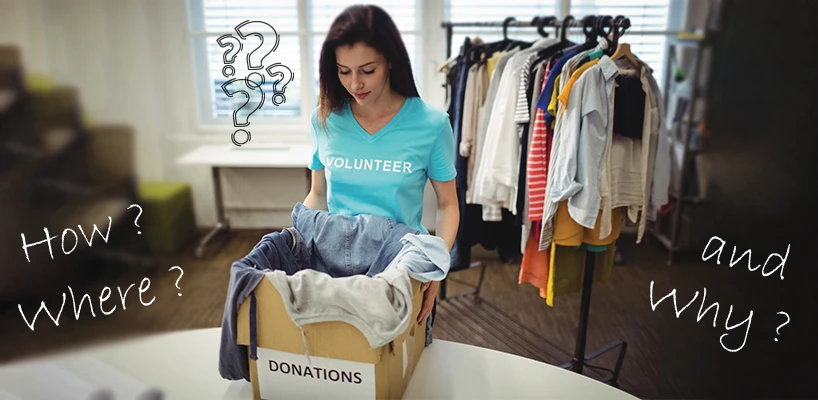
































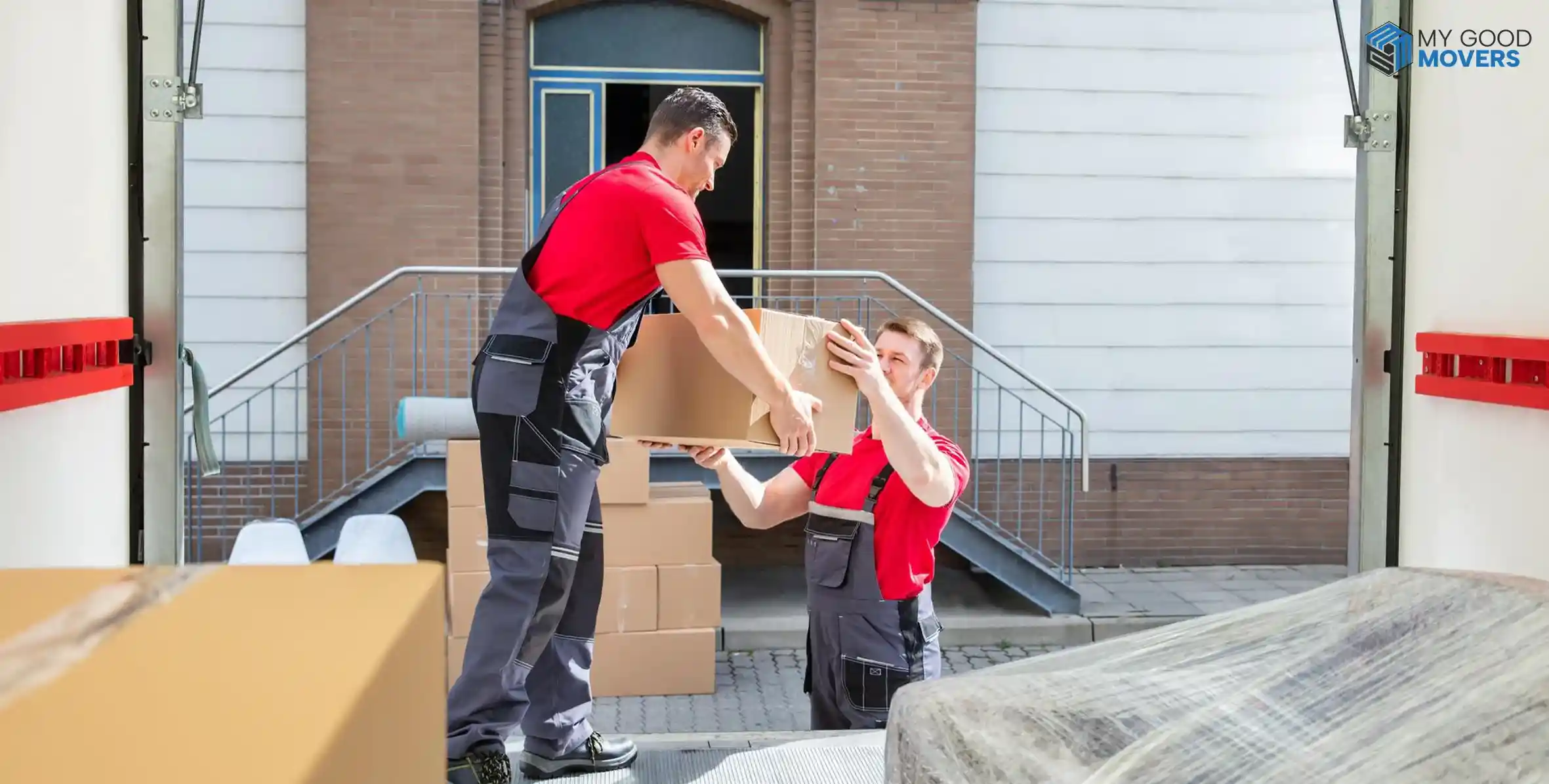



















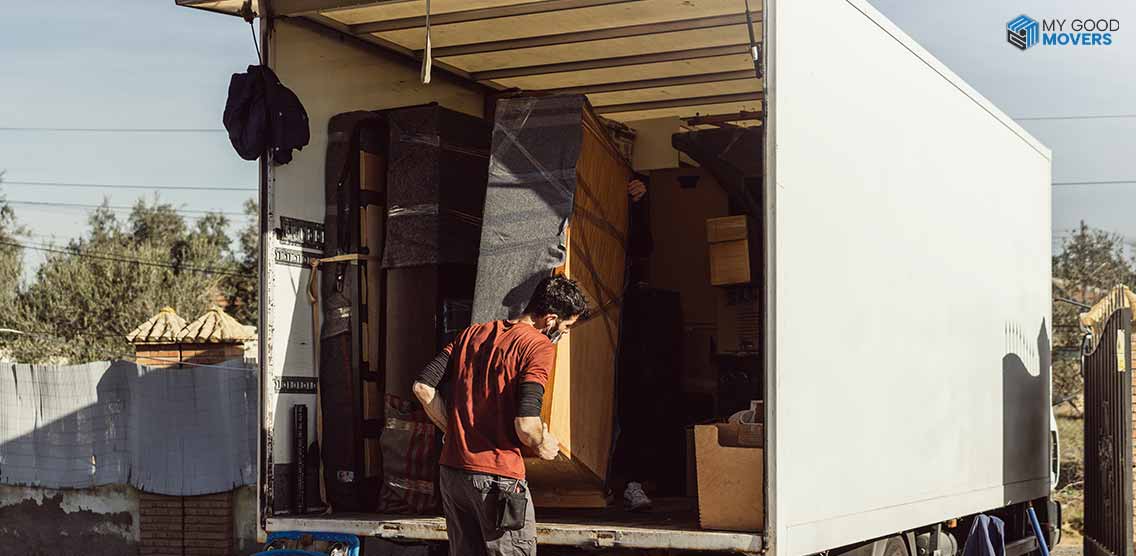


























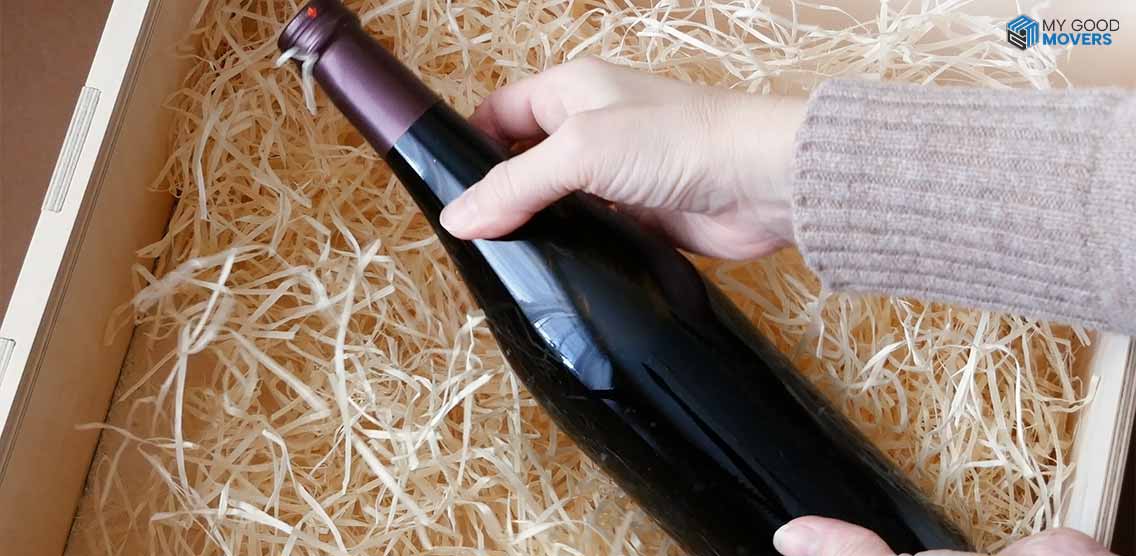













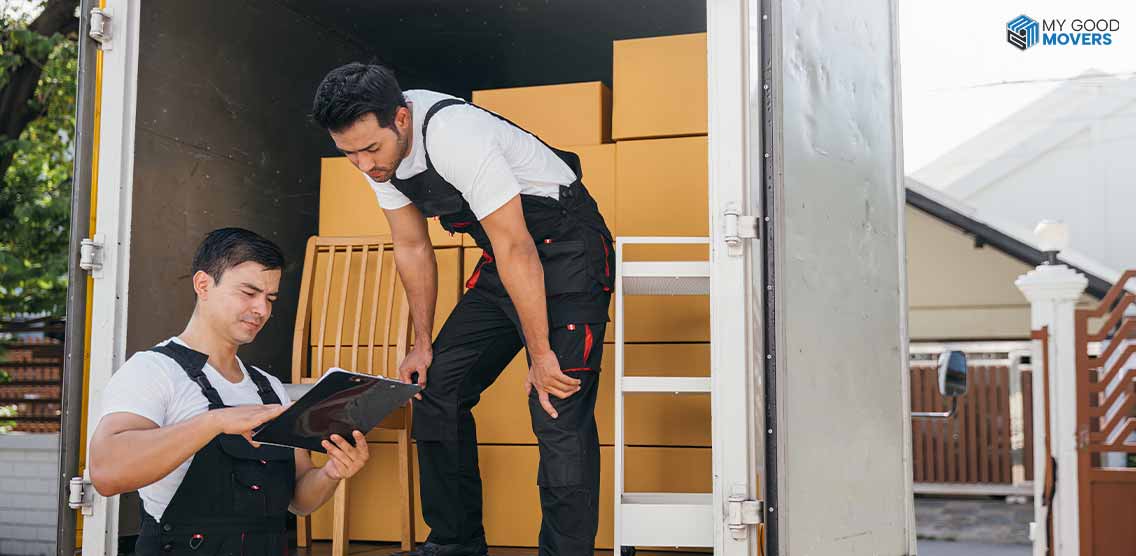
























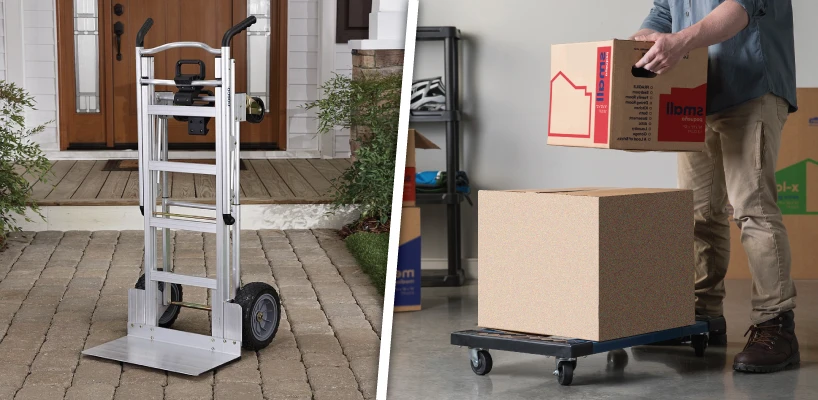
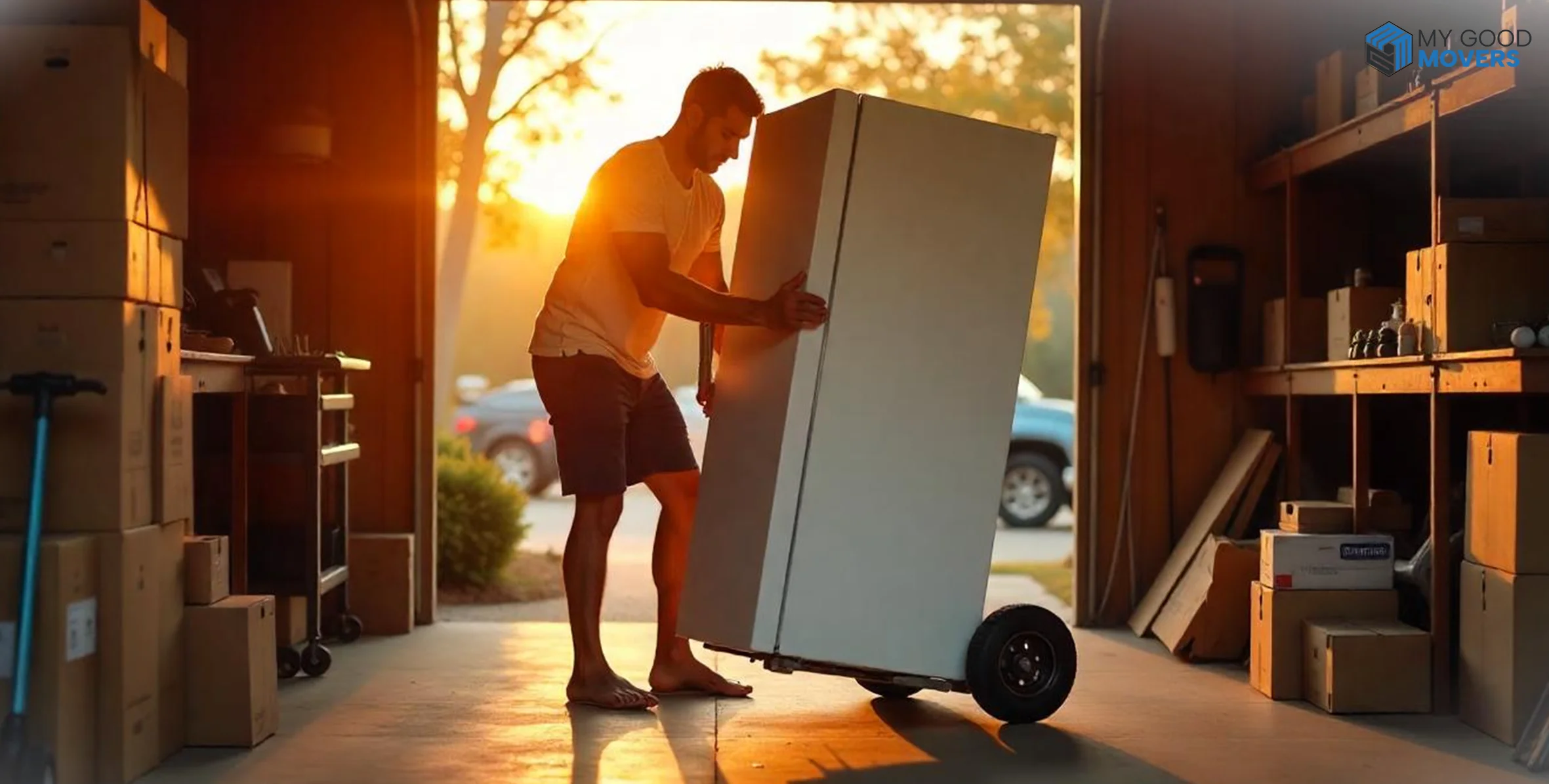

















 (239) 799–6077
(239) 799–6077